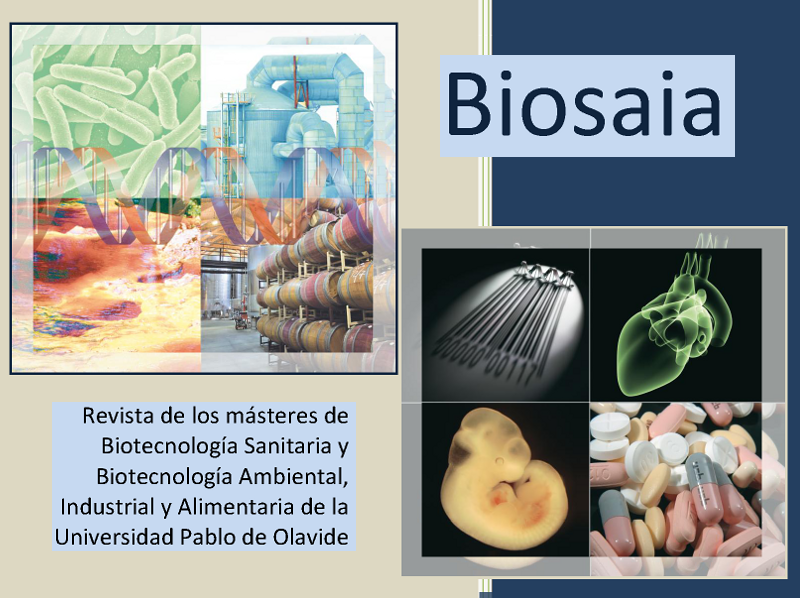Mutations in a histone H2A variant with implications for fertility
Palabras clave:
meiosis; Schizosaccharomyces pombe; H2A.Z;Resumen
Meiosis is a process of cell division in which an organism reproduces sexually by replicating its genetic material followed by
two successive cell divisions, resulting in the formation of four haploid products (Foulis, S.J. et al., 2018). In this way, the
organization of chromatin plays an important role in the process of cell division, in which the variant of histone H2A, the histone
H2A.Z, has been proposed as a possible candidate related to the role of chromatin in meiosis (Shintaro Yamada et al., 2018).
The function of this histone variant has been observed in Saccharomyces cerevisiae, in which it has been shown that it may
have some implication in nuclear movements. Specifically, its relationship with components of the LINC complex has been
observed, suggesting that they act as an additional factor associated with this complex, participating in its dynamics and
therefore contributing to the chromosomal movement essential for gametogenesis (González-Arranz, S. et al., 2020). In this
context, in this study we wanted to develop a more precise methodology hat allows us to study the implication of this protein in
cell division. To do this, we have used the model organism Schizosaccharomyces pombe because the nuclear movements are
more drastic than S. cerevisiae and therefore it is easier to observe small differences than in wild strains. On the other hand,
by fluorescence microscopy (DeltaVision) it is possible to observe these small variations more easily. In this way, we will be
able to carry out a more exhaustive study about the participation of the histone H2A.Z and know its implication in chromosomal
movement.
Descargas
Citas
Foulis, S.J., Fowler, K.R. & Steiner, W.W. Sequence requirement of the ade6-4095 meiotic recombination hotspot in Schizosaccharomyces pombe.
Genetica 146, 65–74 (2018).
Shintaro Yamada, Kazuto Kugou, Da-Qiao Ding, Yurika Fujita, Yasushi Hiraoka, Hiroshi Murakami, Kunihiro Ohta, Takatomi Yamada, The histone
variant H2A.Z promotes initiation of meiotic recombination in fission yeast, Nucleic Acids Research, Volume 46, Issue 2, 25 January 2018, Pages 609–
González-Arranz, S., Gardner, J. M., Yu, Z., Patel, N. J., Heldrich, J., Santos, B., ... & San-Segundo, P. A. (2020). SWR1-independent association of
H2A. Z to the LINC complex promotes meiotic chromosome motion. Frontiers in cell and developmental biology, 8.
Descargas
Publicado
Cómo citar
Número
Sección
Licencia
Derechos de autor 2021 Biosaia: Revista de los másteres de Biotecnología Sanitaria y Biotecnología Ambiental, Industrial y Alimentaria

Esta obra está bajo una licencia internacional Creative Commons Atribución-NoComercial-CompartirIgual 4.0.





